________________________________________________________________________________
Dry disc diaphragm clutch of Massey Ferguson 5455, 5465 Tractor
The Massey Ferguson 5455, 5465, 5460 Tractor dry clutch consists of :
- a thrust bearing carrier (2) and thrust ball bearing (1),
- a diaphragm mechanism (9),
- a bladed friction disc (6).
It is controlled by a power assisted master cylinder supplied by the
tractor low pressure (17 bar) hydraulic system.
Massey Ferguson 5455, 5465, 5460
Tractor clutch construction
The hydraulic slave device / thrust bearing carrier assembly is attached
to the Speedshift input unit cover plate at the front of the gearbox.
The thrust bearing carrier supports the bearing. It is controlled by the
hydraulic slave device assembly.
The tractor clutch thrust bearing is:
- sealed: the ball bearing races are lubricated for life and designed to
be lubricated constantly when rotating;
- held in permanent contact with the tractor clutch mechanism by springs
(13) located behind each piston (3).
This design avoids undue pedal clearance:
- automatically centred when the engine starts running.
Each piston (3) is guided in its cylinder by rings (11). Piston /
cylinder tightness is ensured by composite seals (12) (24).
Composite seals comprise a sealing ring (12) held under constant
pressure against a piston (3) by an "O" ring (24). Any dust created by
the friction of the disc (6) is driven from the rims of the pistons (3)
by wiper seals (10).
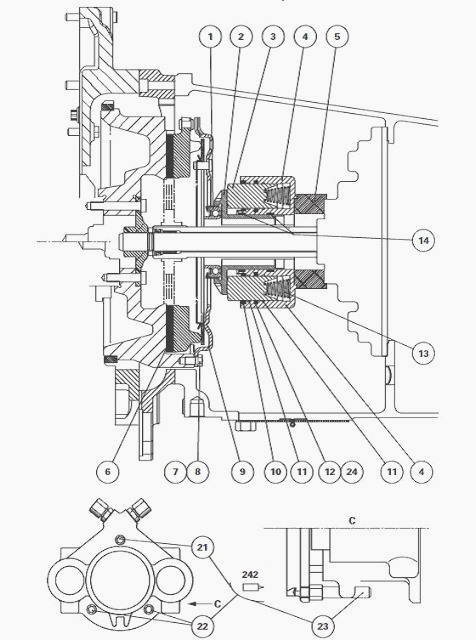
Fig.50. Parts list
(1) Clutch thrust bearing, (2) Thrust bearing carrier, (3) Pistons, (4)
Hydraulic slave device assembly, (5) Spacer, (6) Friction disc, (7)
Screw, (8) Dowel, (9) Mechanism, (10) Wiper seals, (dust seals) (11)
Guide rings, (13) Springs, (12) Sealing ring (composite), (14) Guide
rings, (21) Screw, (22) Screw, (24) "O" ring (composite), (23) Guide pin

Fig.51. Parts list
(1) Clutch thrust bearing, (2) Thrust bearing carrier, (3) Pistons, (4)
Hydraulic slave device assembly, (11) Guide rings, (10) Wiper seals
(dust seals), (12) Sealing ring
(composite), (13) Springs, (14) Guide rings, (15) Bleed or pressure
connector, (16) Unions, (17) Pipe, (18) Union and seal, (19) Union and
seal, (20) Supply pipe, (21)
Screw, (23) Guide pin, (22) Screw, (24) "O" ring (composite)
Clutch disengaged position
The dry Massey Ferguson 5455, 5465, 5460 Tractor clutch is controlled by a standard clutch pedal that
acts on a master cylinder via a rod. The quantity of oil moved by the
master cylinder piston causes the thrust bearing carrier and its bearing
to move. The diaphragm mechanism is then compressed and the clutch disc
released.
Clutch engaged position
When the pedal is released, the pressure drops in the slave cylinders.
The tractor clutch mechanism diaphragm forces:
- the thrust bearing carrier and its bearing to return to position;
- the clutch mechanism pressure plate to move forwards.
The friction disc (6) is then locked between the pressure plate and the
engine flywheel. This allows drive to be transmitted from the engine to
the gearbox.
Removing and refitting the diaphragm
mechanism and friction disc
Disconnect the Massey Ferguson 5455, 5465, 5460 Tractor between
the engine and the gearbox.
Fully insert centring tool in the friction disc and hub of the engine
flywheel PTO shaft. This prevents the friction disc (6) from falling
off.
Gradually and evenly loosen and remove opposing screws (7) from the
mechanism (9).
Remove the mechanism and the friction disc (6). The friction disc can
have five or six blades depending on the tractor power.
Remove dust from the engine flywheel. Clean it with a solvent.
Check for any signs of wear, scratches, surface cracks, buckling or
overheating on the mechanism and on the engine flywheel. Replace
defective parts.
Lightly smear the splines of the PTO shaft hub (1) with AS767 grease or
equivalent. The hub (1) is located in the engine flywheel.
Check that the dowels (8) are present on the engine flywheel.
Install the following onto the engine
flywheel:
- the friction disc (6),
- centring tool,
- the clutch mechanism (9).
Turn the thick part "E" of the friction disc (6) towards the clutch
mechanism (9).
Lightly smear the thread of the screws (7) with Loctite 270 or
equivalent. Gradually screw in the screws. Tighten the screws equally in
diametrically opposed pairs to a torque of 50 - 70 Nm.
Take off centring tool.
Reconnect the tractor between the engine and the gearbox.
Replacing the MF 5455, 5465, 5460
Tractor clutch thrust Bearing
Disconnect the tractor between the engine and the gearbox.
Take out the thrust bearing carrier and its bearing from the hydraulic
slave device assembly.
Moderately compress the clips of the thrust ball bearing cage (3) using
a screwdriver. Separate the cage (3) from the thrust bearing carrier
(2).
Remove the spring washer (4).
Remove the thrust ball bearing (1).
Check the condition of the ball bearing in the thrust bearing and ensure
its tightness by checking there is no grease on the operating zone.
Replace the ball bearing if unsure of its condition. Never soak the ball
bearing in solvent. If required, wipe it with a dry cloth.
On the thrust bearing carrier (2), fit :
- the thrust ball bearing (1),
- the spring washer (4).
Manually compress the cage (3). Engage its clips in the thrust bearing
carrier groove.
Check:
- the rotation of the ball bearing in the thrust bearing,
- the radial movement of the thrust bearing.
Check that the guide rings (14) are present and fitted correctly.
Lightly grease the strut of the thrust bearing carrier (2) with clean
transmission oil.
Return the thrust bearing carrier into the hydraulic slave device
assembly (4).
There may be stiffness when returning the thrust bearing carrier into
the assembly. Move the thrust bearing to and fro several times.
Removing and refitting the hydraulic
slave device assembly
Disconnect the MF 5455, 5465, 5460 Tractor between the engine and
the gearbox.
Remove the supply pipe (20) and bleed pipe or pressure connector pipe
(17) from the hydraulic slave devices.
If required, remove the thrust bearing carrier (2) from the hydraulic
slave device assembly (4).
Take out the screws (21) and (22).
Manually hold the pistons (3) in position. Take off the hydraulic slave
device (4) / spacer (5) assembly.
If no work is to be carried out on the pistons, ensure that they are not
separated from the slave cylinders.
Clean the tapped holes in the Speedshift cover plate and the thread of
the screws (21) and (22).
Screw an M8 guide stud "G" of sufficient length into the top hole of the
front cover plate in the position of screw (21).
Lightly smear the thread of the screws (21) and (22) with Loctite 242 or
equivalent.
Turn the spacer (5). Position it against the Speedshift front cover
plate. Manually hold the pistons of the hydraulic slave device assembly
in place. Slide the hydraulic slave device assembly (4) onto the guide
stud "G" (Fig. 8). Position the hydraulic slave device assembly up
against the spacer.
Fit the screws (21) (L = 95 mm) and (22) (L = 75 mm), respecting their
length depending on their positioning on the hydraulic slave device
assembly. Take out the guide stud. Tighten the screws to a torque of
25-35 Nm. If removed, refit the thrust bearing carrier (2) in the
hydraulic slave device assembly (4).
Reconnect the Massey Ferguson 5455, 5465, 5460 Tractor Tractor between the
engine and the gearbox.
Ensure the hydraulic pipes (17) and (20) do not leak through the cover
located under the front of the gearbox.
Replacing the guide rings and piston
seals of the hydraulic slave device assembly
Disconnect the tractor between the engine and the gearbox.
Remove the hydraulic slave device assembly.
Take the pistons (3) out of the slave cylinders (4). Recover the springs
(13). Pair the pistons with their respective cylinders if they are to be
reused.
From the cylinders extract:
- the wiper seal or dust seal (10),
- the first guide ring (11),
- the composite seal (12) (24),
- the second guide ring (11).
From the hydraulic slave device assembly
extract:
- the guide rings (14).
The seals and rings should be discarded, regardless of their function
(wiper, guide or sealing).
If necessary, unscrew the pin (23) of the thrust bearing carrier (2).
If disassembled, lightly smear the thread of the pin (23) with Loctite
242 or equivalent. Screw in and tighten the pin to a torque of 25 - 35
Nm.
Carefully clean the hydraulic slave device assembly and each seal
groove. The grooves must be cleaned without using sharp or pointed
tools.
Ensure that:
- the bleed and supply lines on the slave device assembly are not
obstructed,
- there are no scratches in the cylinder bores or on the pistons.
Replacing the guide rings (14) of the
hydraulic slave device assembly
Preform a guide ring (14) by reducing its diameter by approximately one
third. Fit it into the lower groove of the central bore in the hydraulic
slave device assembly (4).
Preform a second guide ring (14) as described above. Fit it into the top
groove of the central bore in the hydraulic slave device assembly (4).
Composite seal of a slave cylinder
Preform a guide ring (11) by reducing its diameter by approximately one
third. Fit it into the lower groove of the slave cylinder (4).
Lubricate and fit an "O" ring (24), without twisting it, into the
intermediate groove of the slave cylinder (4). Form a composite seal
(12) without creating any sharp angles.
Fit this seal manually and evenly against the "O" ring (24). The lip of
the composite seal (12) should be turned towards the pressure chamber of
the slave cylinder.
Preform a second guide ring (11) as described above. Fit it into the top
groove of the slave cylinder.
Use the same assembly method to replace the guide rings (11) and
composite seal (12) (24) in the second slave cylinder.
Calibrating the guide rings (11) and
composite seal (12) (24) of a slave cylinder
Calibration consists of helping guide rings and the composite seal
return to their initial shape after they become misshapen at assembly.
Calibration should be carried out before fitting the wiper seal (10).
Lightly lubricate the guide rings (11) and sealing ring (12) inside the
slave cylinder with clean transmission oil.
Take an original piston (3). Ensure it shows no signs of knocks or deep
scratches on its rim or entry chamfer.
Place the piston in the slave cylinder: the piston chamfer must be
turned towards the pressure chamber.
Partially insert the piston into the slave cylinder by gently tapping on
its top surface with a plastic hammer.
Rotate the piston several turns.
Remove the piston by striking the back of the slave cylinder with a
plastic hammer. Visually check the appearance of the guide rings (11)
and sealing ring (12).
Use the same calibration method for the guide rings (11) and composite
seal (12) (24) in the second slave cylinder. Install the wiper seals
(10).
Replacing a slave cylinder wiper seal
Lightly smear the rim of the wiper seal (10) with Loctite 270 or
equivalent. Fit the wiper seal in the front counterbore of the slave
cylinder (4) using a press and a suitable fixture. The lip of the wiper
seal should be turned towards the front of the slave cylinder.
Remove any traces of Loctite after fitting.
Use the same fitting method to replace the wiper seal (10) of the second
slave cylinder.
Assembling pistons
Ensure there are no signs of knocks or deep scratches on the rim or
chamfer "C" of each piston (3).
Lightly lubricate the guide rings (11), the composite seal (12) (24) and
the wiper seal (10) of the slave cylinders with clean transmission oil.
Fit the springs (13) on the locating pin of each piston.
Insert each piston (3)/spring (13) assembly into each slave cylinder (4)
by gently tapping the top surface of the piston with a plastic hammer.
Check that the pistons move correctly when fitted.
The pistons must not resist manual pressure. They should return with
almost no effort due to their return springs (13). If one or two
piston(s) lock, find the cause of the problem.
Refit the hydraulic slave device assembly.
Reconnect the MF 5455, 5465, 5460 Tractor between the engine and the gearbox.
Bleed the hydraulic mechanism of the engine clutch. If required, check
its pressure (approximately 10 bar) on the diagnostics connector located
on the front right-hand side of the gearbox.
Bleeding the clutch system
The tractor clutch is controlled via the clutch pedal by a master
cylinder/slave cylinder assembly and the tractor's 17 bar hydraulic
system. After dismantling the control system, the circuit must be bled.
Park the tractor on a flat surface.
Put the transmission lever into neutral and apply the hand brake.
Check the transmission oil level. Adjust as necessary.
Bleeding the Massey Ferguson 5455,
5465, 5460 Tractor clutch by pumping the clutch pedal
This bleeding method requires two people.
Rig up a makeshift transparent hose on one end, and the other end inside
in a container. Connect the hose on the clutch bleed nipple located on
the right-hand side at the front of the Gearbox.
Start the engine. Set the engine speed between 1200 and 1500 rpm.
Assisted by an operator, pump the clutch pedal until there are no more
bubbles in the transparent hose.
When no further bubbles leave the system, keep the pedal depressed,
disconnect the transparent hose and then release the clutch pedal.
Check the bleeding. The pedal should be firm. If the pedal is too
spongy, perform another bleeding Operation.
Check the clutch operation.
Bleeding the Massey Ferguson 5455,
5465, 5460 Tractor clutch using
hydraulic pressure
A male quick connector is fitted as standard on the 5 bar line of the
left-hand hydraulic cover plate. It facilitates bleeding of the clutch
system.
Rig up a makeshift hose.
Using this hose, connect the 5 bar quick connector located on the
left-hand cover plate of the rear axle with the clutch bleed nipple
located on the right-hand side at the front of the gearbox.
Start the engine. Wait for about two minutes then disconnect the bleed
hose whilst the engine is running. Check the bleeding. The pedal should
be firm. If the pedal is too spongy, perform another bleeding operation.
Check the clutch operation.
________________________________________________________________________________
________________________________________________________________________________________
________________________________________________________________________________________
________________________________________________________________________________________
________________________________________________________________________________________
________________________________________________________________________________________
________________________________________________________________________________________
________________________________________________________________________________________
________________________________________________________________________________________
________________________________________________________________________________________
________________________________________________________________________________________
________________________________________________________________________________________
________________________________________________________________________________________
________________________________________________________________________________________
________________________________________________________________________________________
________________________________________________________________________________________
________________________________________________________________________________________
________________________________________________________________________________________
________________________________________________________________________________________
 SPECS
SPECS LOADERS
LOADERS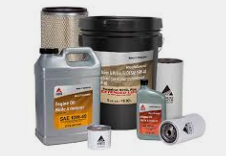 MAINTENANCE
MAINTENANCE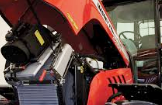 PROBLEMS
PROBLEMS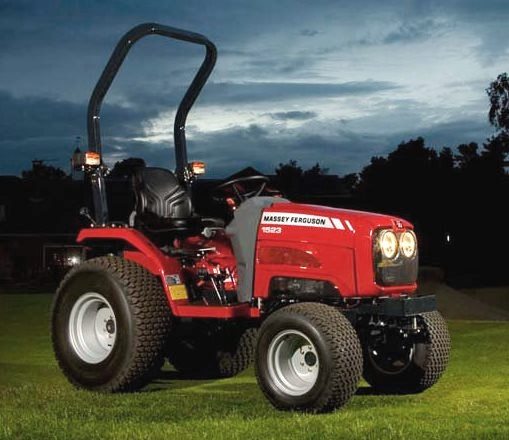 MF 1523
MF 1523 MF 1531
MF 1531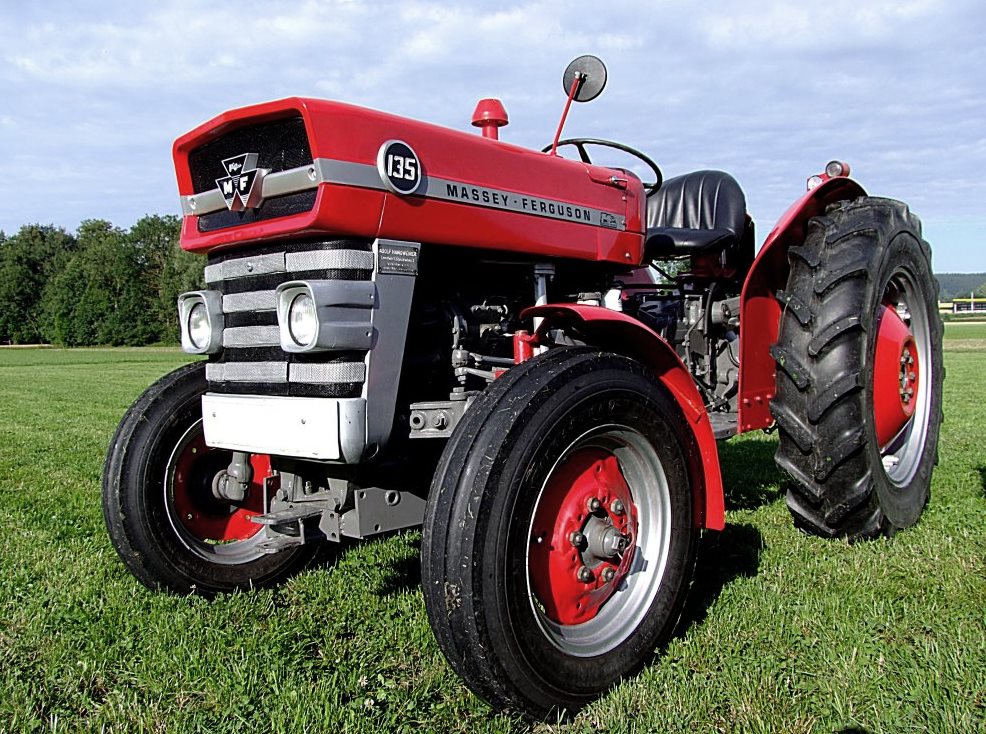 MF 135
MF 135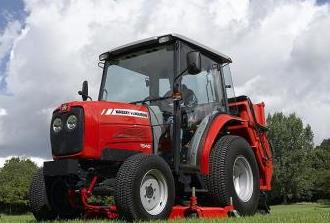 MF 1547
MF 1547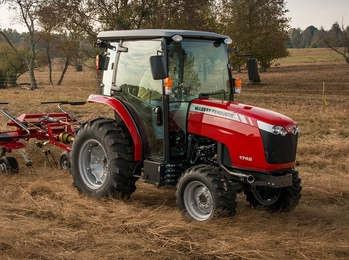 MF 1635
MF 1635 231
231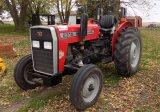 231S
231S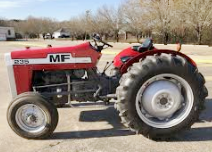 235
235 240
240 241
241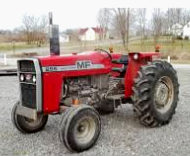 255
255 265
265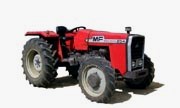 274
274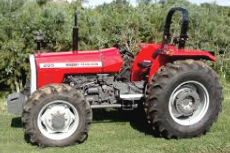 285
285 375
375 916X Loader
916X Loader 921X Loader
921X Loader 926X Loader
926X Loader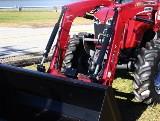 931X Loader
931X Loader 936X Loader
936X Loader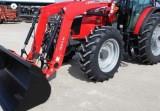 941X Loader
941X Loader 946X Loader
946X Loader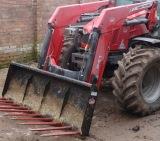 951X Loader
951X Loader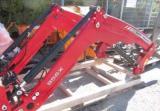 956X Loader
956X Loader 988 Loader
988 Loader 1655
1655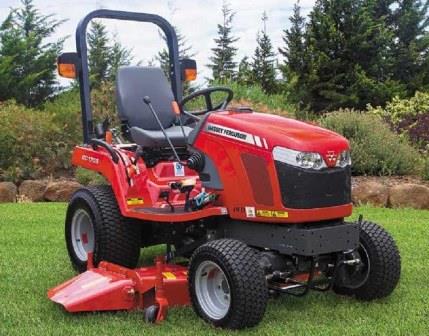 GS1705
GS1705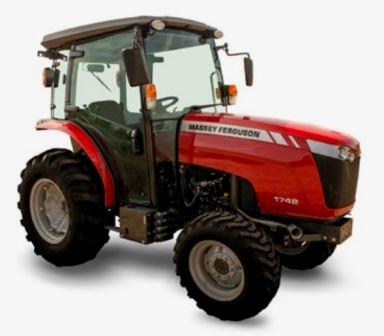 1742
1742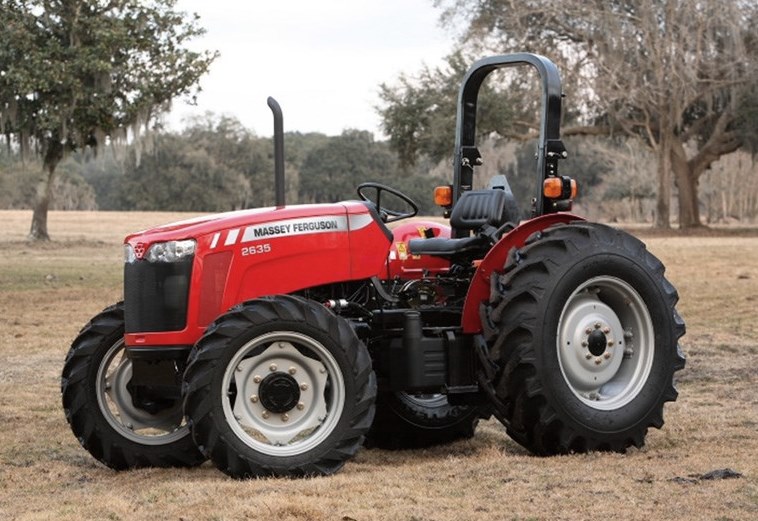 2635
2635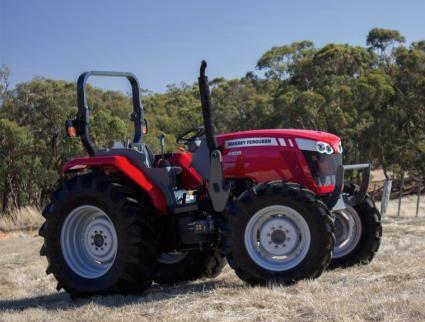 4608
4608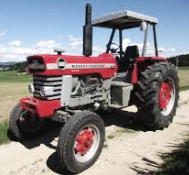 1080
1080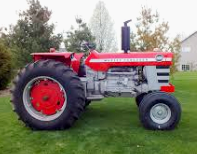 1100
1100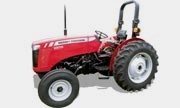 2615
2615 3050
3050 3060
3060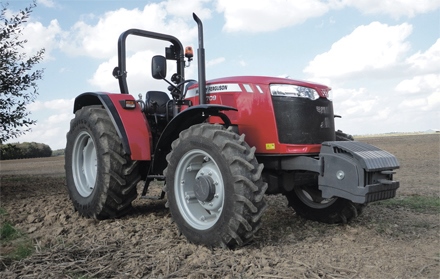 4708
4708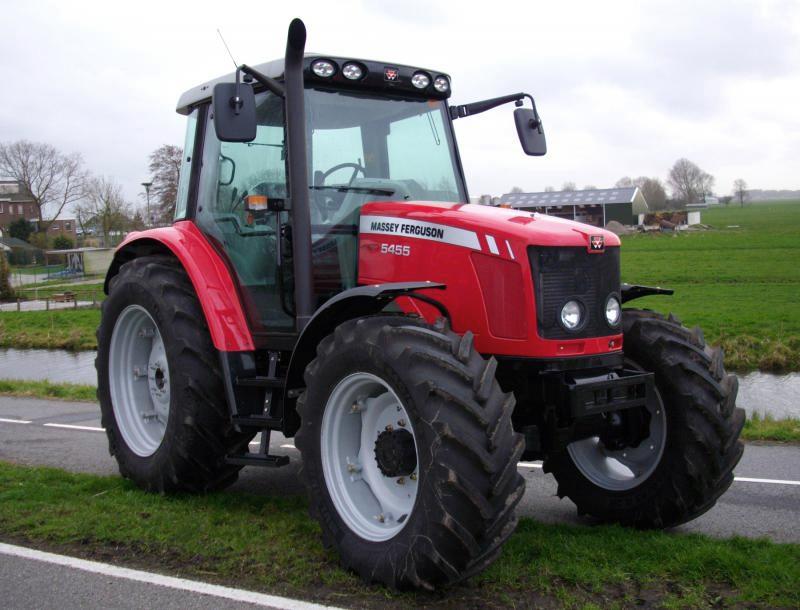 5455
5455 5450
5450 5610
5610 5613
5613 DL95 Loader
DL95 Loader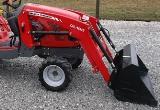 DL100 Loader
DL100 Loader DL120 Loader
DL120 Loader DL125 Loader
DL125 Loader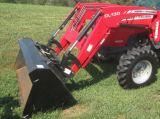 DL130 Loader
DL130 Loader DL135 Loader
DL135 Loader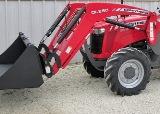 DL250 Loader
DL250 Loader DL260 Loader
DL260 Loader L90 Loader
L90 Loader L100 Loader
L100 Loader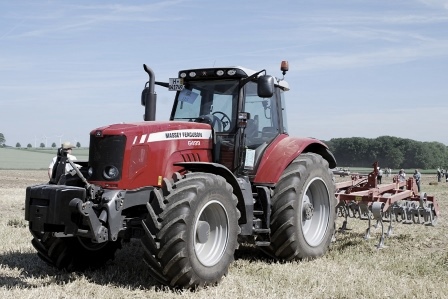 6499
6499 7480
7480 7618
7618 7726
7726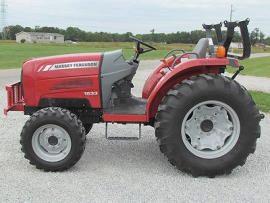 1533
1533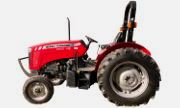 2604H
2604H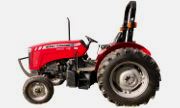 2607H
2607H 4455
4455 4610M
4610M 4710
4710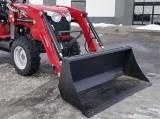 L105E Loader
L105E Loader L210 Loader
L210 Loader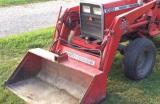 1014 Loader
1014 Loader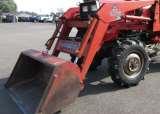 1016 Loader
1016 Loader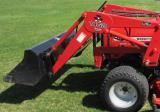 1462 Loader
1462 Loader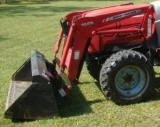 1525 Loader
1525 Loader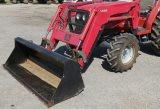 1530 Loader
1530 Loader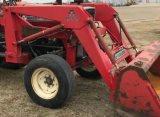 232 Loader
232 Loader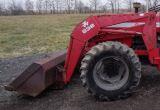 838 Loader
838 Loader 848 Loader
848 Loader 5712SL
5712SL 6713
6713 6715S
6715S 7475
7475 7615
7615 7716
7716 7724
7724 8240
8240 8650
8650 8732
8732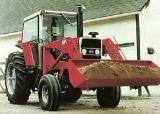 246 Loader
246 Loader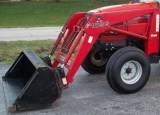 1036 Loader
1036 Loader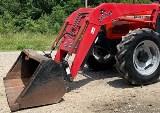 1038 Loader
1038 Loader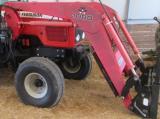 1080 Loader
1080 Loader 856 Loader
856 Loader